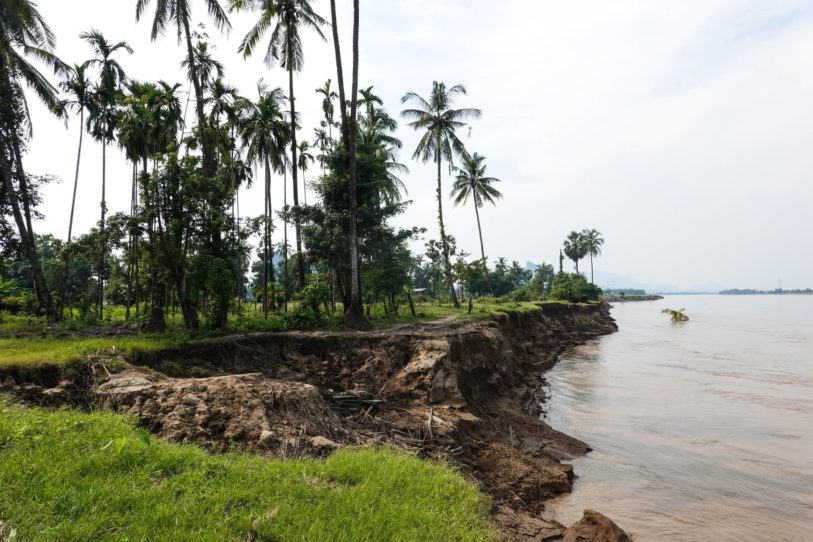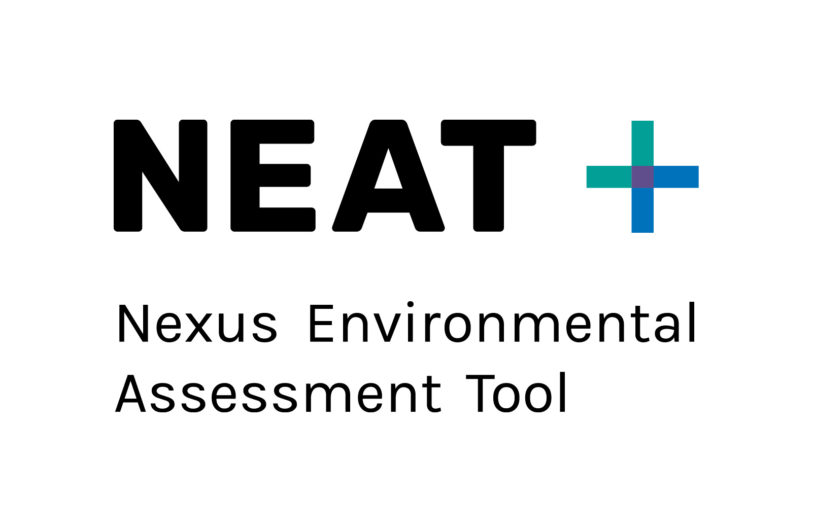This report presents the results of an environmental scoping mission using the Nexus Environmental Assessment Tool (NEAT+) by the UNEP / OCHA Joint Environment Unit (JEU) and Norwegian Refugee Council (NRC) to Hpa An Township, Kayin State in Southeast Myanmar.

The purpose of the mission was to highlight key areas of environmental risks in the Hpa-An Township while using, testing and promoting the Nexus Environmental Assessment Tool (NEAT+). The mission took place from 23 September to 1 October 2019 and was financially supported by NRC, UNEP and OCHA.
Key findings (and related recommendations) cover programmatic, strategic and external advocacy relevant recommendations. These encompass the need to prioritise disaster risk reduction interventions and education, the large gap in waste management, climate change, improving the capacity for screening environmental risks, and suggestions for the Myanmar Humanitarian Fund.
Environmental Scoping in Myanmar
There are approximately 5,600 internally displaced people in Kayin, mostly from conflict and environmental issues like river bank erosion. The purpose of the mission was to highlight key areas of environmental risk in NRC’s programming in Hpa An, and to apply and promote the Nexus Environmental Assessment Tool (NEAT+). The JEU team also trained seven NRC staff in the use of NEAT+ so that it can be applied to other projects across Myanmar.

The NEAT+ field test took place in two locations within Hpa An Township: Saint Chaung and Sein Pa La village. These locations were selected by NRC. Separate environmental sensitivity assessments were completed for each location. The Livelihoods and Food Security (LFS) expert completed the activity module based on NRC’s current activities in Sein Pa La village (Agriculture, Livestock and Irrigation modules). Neither the WASH nor the Shelter and Settlements modules were completed as NRC does not have these specific technical activities in the area of the pilot.
The findings of this report are based on a combination of a field test of the NEAT+, six focus group discussions including participatory mapping with community groups, and a secondary data review. In this report, the results of the NEAT+ are analyzed in the context of the focus group discussions, secondary data review, and the NRC programme of work to provide tailored recommendations for mitigating environmental risks in Hpa An, and more broadly on a national level.
Download

To learn more about NEAT+ please visit https://ehaconnect.org/resources/neat
To find out how it can support your organization’s planning, contact the UNEP/OCHA Joint Environment Unit (ochaunep@un.org).